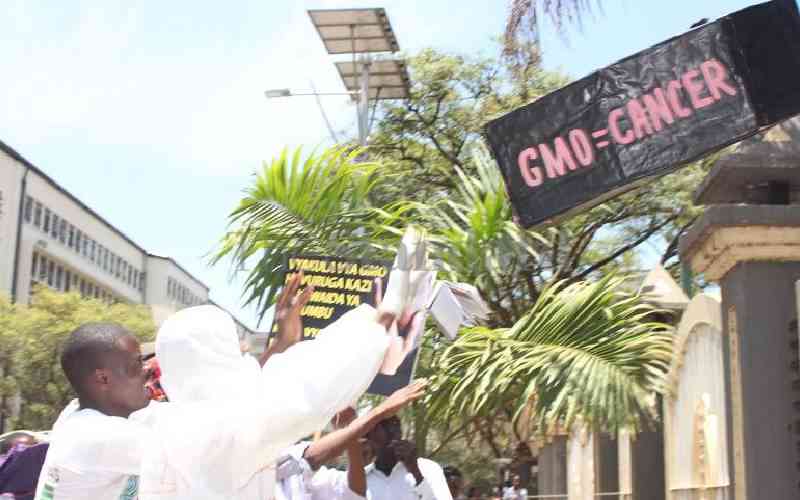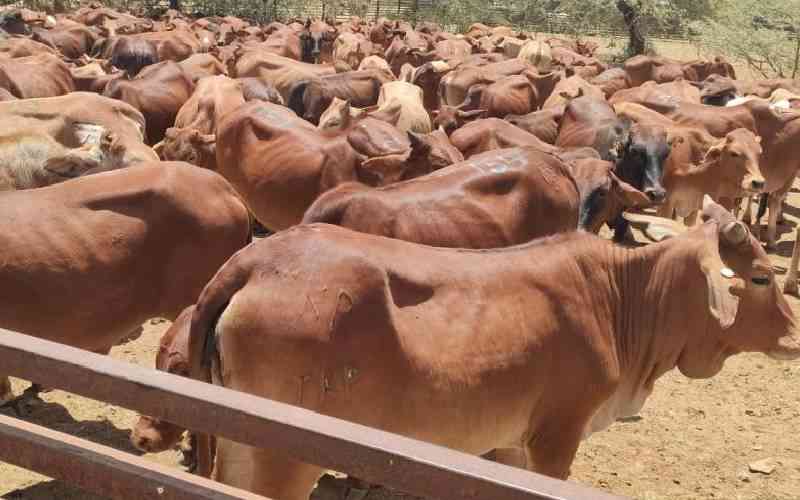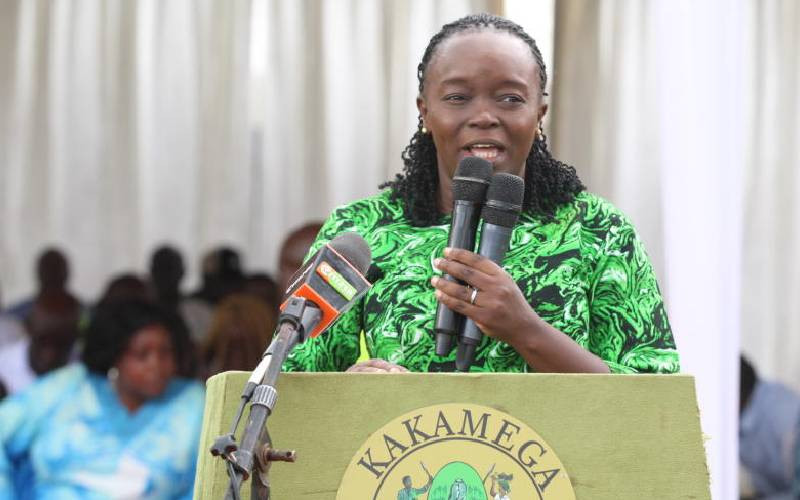
Health experts have warned that multiple challenges among them the high cost of cancer diagnosis and treatment are delaying progress in cancer prevention and control in Kenya. [Beverlyne Musili, Standard]
High cost of cancer diagnosis and treatment hampering cancer prevention and control in Kenya, Health Experts Warn
Cancer is the third leading cause of death both globally and in Kenya and the second leading cause of non-communicable diseases deaths after cardiovascular diseases.
Health experts have warned that multiple challenges among them the high cost of cancer diagnosis and treatment are delaying progress in cancer prevention and control in Kenya.
Speaking during a media roundtable organized by Pfizer, the experts said limited-service availability and poorly coordinated cancer management and referral, general lack of public awareness and knowledge on cancer prevention and control, inadequate human resource availability and capacity for cancer prevention and control, are some of the other challenges hampering cancer prevention and control in the country.
They added that lack of multi-sectoral coordination structures and collaboration for effective risk factor reduction and cancer prevention, limited funding for cancer prevention and control and limited cancer research both in capacity and availability to inform policy also significantly limit progress in the management of breast cancer.
Dr Alfred Karagu, Chief Executive Officer of the National Cancer Institute said that breast cancer interventions from screening to treatment are estimated to save 236,000 lives annually.
"Breast cancer is one of the most common forms of cancer in the world. And the more we learn about this pervasive disease, the clearer it becomes that breast cancer is not one disease, but many. We recognize there is still more work to be done to improve the outlook for people living with breast cancer, including those with metastatic HR+, HER2-, triple negative and BRCA-mutated breast cancers as well as those with early-stage disease who may be at an elevated risk of recurrence."
- Journey to Surviving Cervical Cancer
- Survivor opens safe house for minors undergoing cancer treatment
- Why women aren't lining up for life-saving screening, vaccine
- Teachers at the forefront of getting girls vaccinated against deadly virus
Keep Reading
According to GLOBOCAN estimates, the annual incidence of cancer was reported as 47,887 cases in 2018 and 42,116 in 2020.
According to Dr Mohammed Ezzi, Medical Oncologist and Lecturer at the Department of Clinical Medicine and Therapeutics, School of Medicine, University of Nairobi, low survival rates in sub-Saharan Africa are largely attributable to late-stage presentation.
He said this is because organized, population-based mammography screening programs may not be cost-effective or feasible in low-resource settings.
"Efforts to promote early detection through improved breast cancer awareness and clinical breast examination by skilled health providers followed by timely and appropriate treatment, are essential components to improving survival."
The Kenya Health Facility Assessment conducted in 2018 shows that readiness to offer cancer prevention, management and control services were highest for cervical cancer at 85 per cent, and lowest for breast cancer care at 6 per cent. Only 2 per cent of facilities were conducting definitive tests for breast cancer, like fine needle aspiration and core needle biopsy. Only 1 per cent of facilities had histopathology services.
 The Standard Group Plc is a multi-media organization with investments in media platforms spanning newspaper print
operations, television, radio broadcasting, digital and online services. The Standard Group is recognized as a
leading multi-media house in Kenya with a key influence in matters of national and international interest.
The Standard Group Plc is a multi-media organization with investments in media platforms spanning newspaper print
operations, television, radio broadcasting, digital and online services. The Standard Group is recognized as a
leading multi-media house in Kenya with a key influence in matters of national and international interest.











